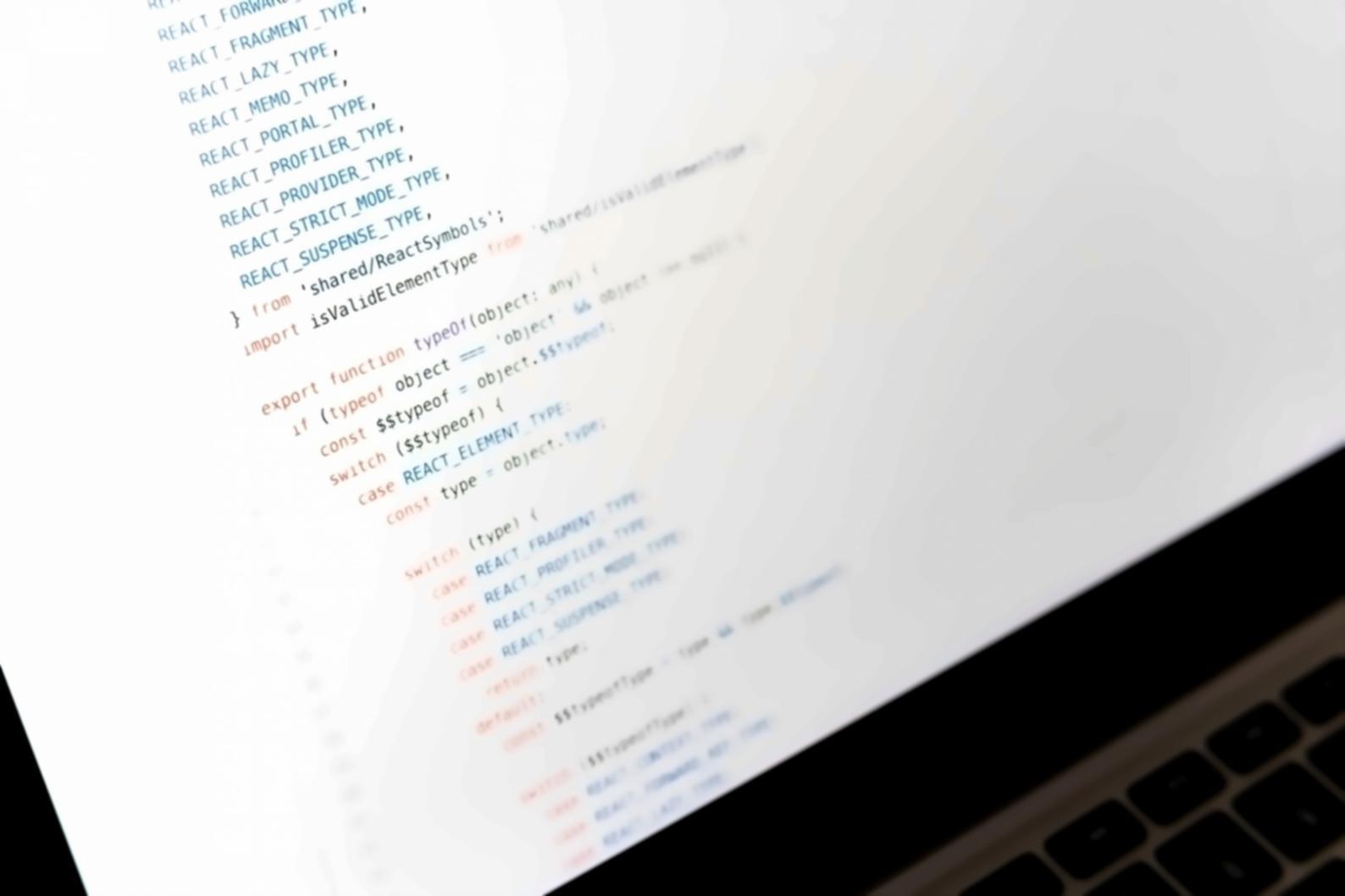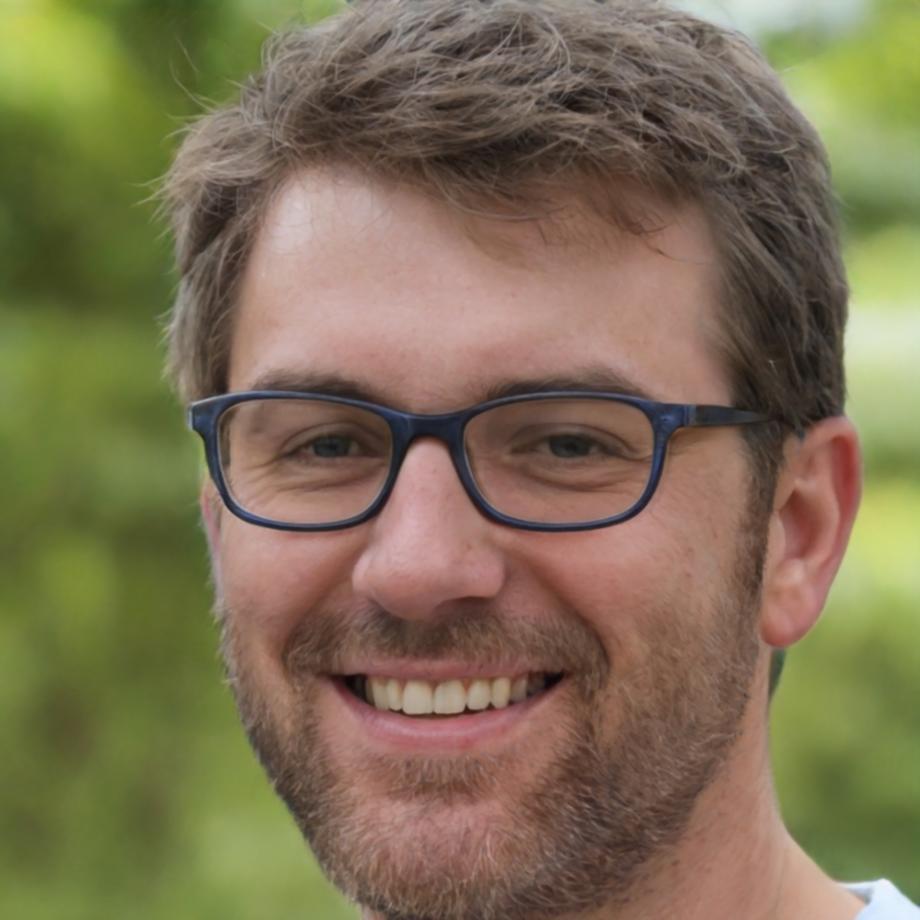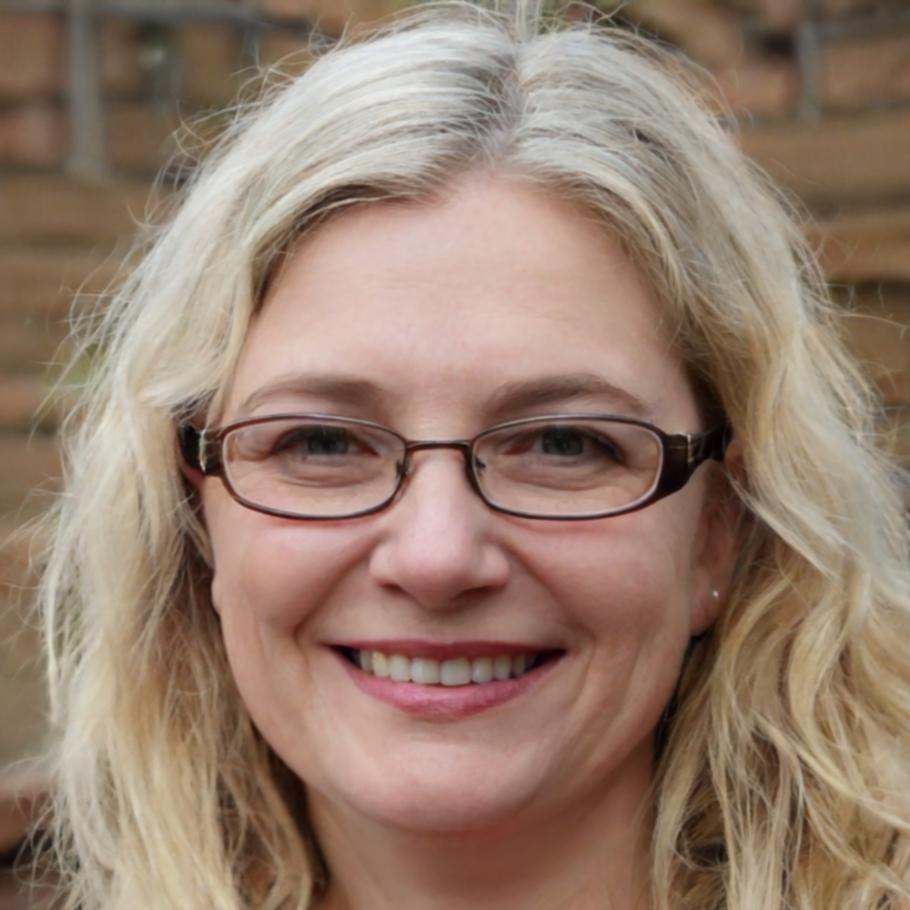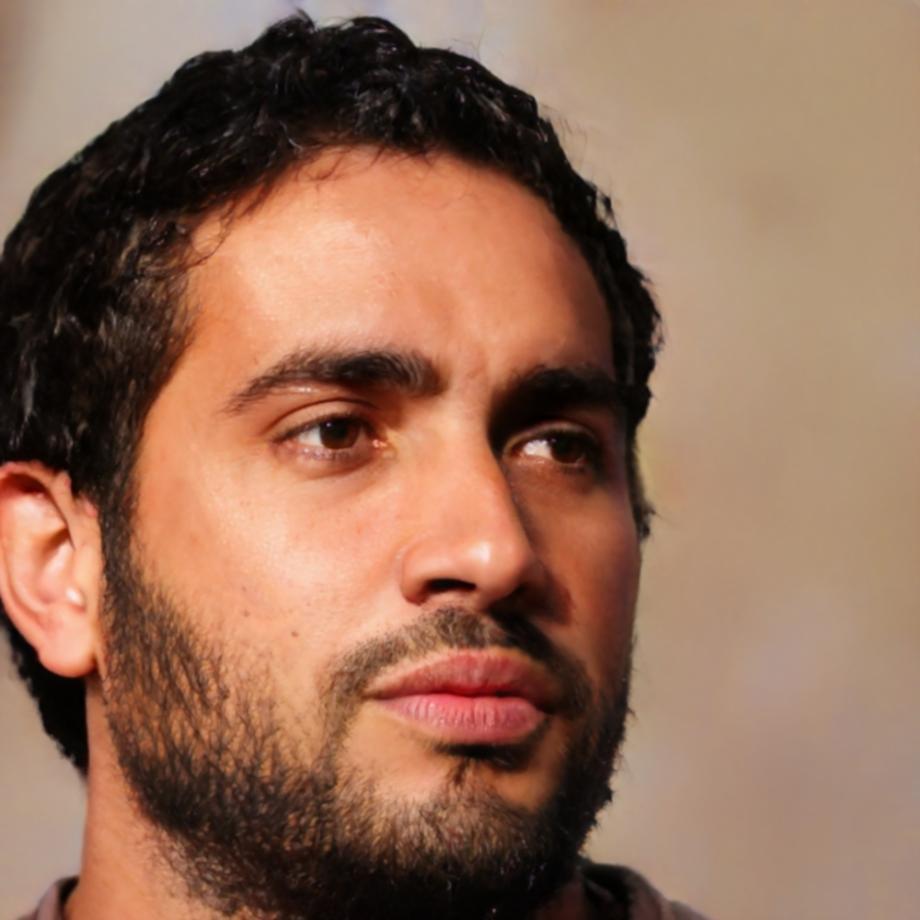Real Work From Real Students
Our students don't just watch tutorials. They build game-ready assets, animate characters, and create the kinds of projects that actually get noticed by studios.
These aren't polished portfolio pieces made by professionals pretending to be beginners. This is what happens when dedicated learners spend months mastering software, making mistakes, and pushing through the awkward phase every 3D artist goes through.
Student Showcase Gallery

Character Design for Action RPG
Created by Layla Hossam during her fourth month in our advanced character modeling course. She started with basic shapes and worked her way up to this fully rigged character with custom textures.
The toughest part? Getting the facial topology right for animation. She redid the face geometry three times before it deformed properly.
Character Modeling
Environmental Storytelling Scene
Tariq El-Demerdash built this abandoned marketplace scene as his capstone project. Every asset was modeled from scratch, and he spent two weeks just on the lighting setup to get that late afternoon feel.
What makes this work isn't technical perfection—it's the composition and mood. Those details come from practice, not just following steps.
Environment ArtWho Teaches These Courses
Our instructors aren't career educators. They're working artists who've shipped games, built assets for studios, and learned what actually matters in production environments.

Karim Fawzi
Character Pipeline Lead
Spent seven years at various Cairo studios doing character work before teaching. He's brutally honest about what takes talent versus what just takes repetition.

Nour Zaher
Rigging Specialist
Used to rig characters for mobile games. Now she teaches the technical stuff most people find intimidating—constraints, IK systems, and weight painting that doesn't break.

Youssef Mansour
Environment Artist
Built levels for three indie titles before joining us. His specialty is teaching optimization—how to make things look good without destroying frame rates.
How Students Join Programs
We run cohorts twice a year, usually starting in September and February. Next enrollment opens in August 2025 for the autumn semester.
Submit Your Current Work
Send us whatever you've made so far—even if it's rough. We're looking for people who've already started learning on their own and know this isn't easy.
Quick Skills Assessment
We'll ask you to complete a small modeling or animation task. Nothing fancy—we just want to see how you approach problems and if you can follow technical direction.
Conversation With an Instructor
A 20-minute video call where we discuss your goals and whether the program matches what you're trying to achieve. This goes both ways—you should interview us too.
Enrollment and Preparation
If accepted, you'll get access to prep materials a month before the cohort starts. Software setup guides, foundational concepts, and community access to meet other incoming students.
Ready to Build Your Own Portfolio?
Next cohort begins September 2025. Applications open in early August. If you want to see the full curriculum details or talk to someone about whether this fits your current skill level, get in touch.
Contact Our Team